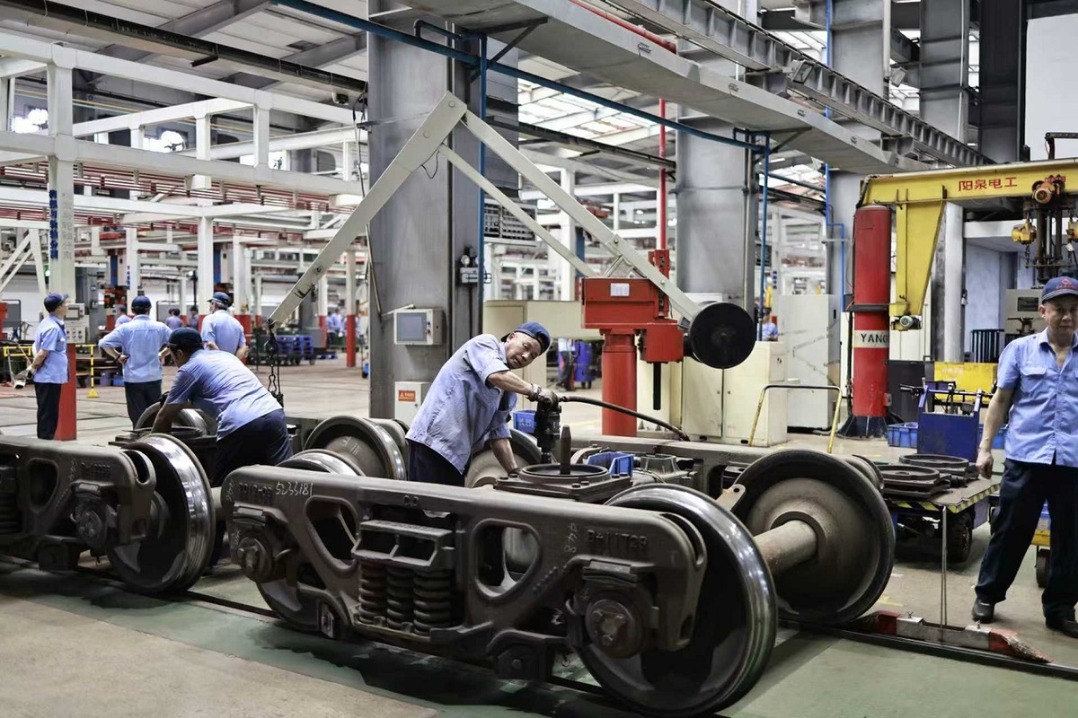Policies promoted to solve population problems


Poverty relief
Official statistics show that the policy controlled excessive population growth effectively for decades, preventing more than 400 million births and playing an important role in helping hundreds of millions rise above the poverty line.
By 2012, the annual population growth rate had been reduced to less than 5 per 1,000, from nearly 26 per 1,000 in 1970, according to the National Health Commission.
In 1970, the average total fertility rate-the total number of children borne by each female during her entire lifetime-was 5.8, and more than 27 million people were born that year.
The rate fell to about 1.6 in 2012, when the number of births fell to 16 million, the NHC said.
Yuan Xin, a professor of population studies at Nankai University in Tianjin, said that referring to the family planning policy as the "one-child rule" is inaccurate, as many people were allowed to have two children, even during the 1980s when the policy was most strictly enforced.
Although most urban couples could only have one child before 2000, those in rural areas could have a second if the first was a girl.
"The aim was to suit the traditions in rural areas, where males were needed for farmwork," Yuan said.
In some areas, including Qinghai province and the Ningxia Hui autonomous region, farmers or herders from ethnic groups can still have three children, or even more under certain circumstances, he added.
After stringent efforts over nearly three decades, the rapid population growth was brought under control, and by the end of the 1990s, the overall birth rate had been reduced to a low level-in 1999, it was 1.4 percent-while the rate in a few large cities such as Beijing and Shanghai was as low as in some developed countries.
Zhang, from CASS, said the country had no option but to impose a strict family planning policy to adjust to social and economic changes.
The policy resulted in smaller families, which allowed parents to devote more time to their children's education and resulted in a general improvement in the quality of the workforce. That, in turn, facilitated decades of rapid economic development, Zhang said.
- Asia's longest tyrannosaur femur fossil identified in East China
- Railway group expresses condolences and vows probe after accident kills 12
- Media center for victory anniversary events to open on Aug 27
- Rabbits and cavies in spotlight at Shanghai Pet Fair Asia
- Over 800m railway journeys made during China's 2025 summer travel rush
- Second round of recall votes targeting Kuomintang lawmakers fails






































